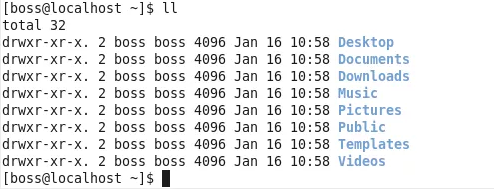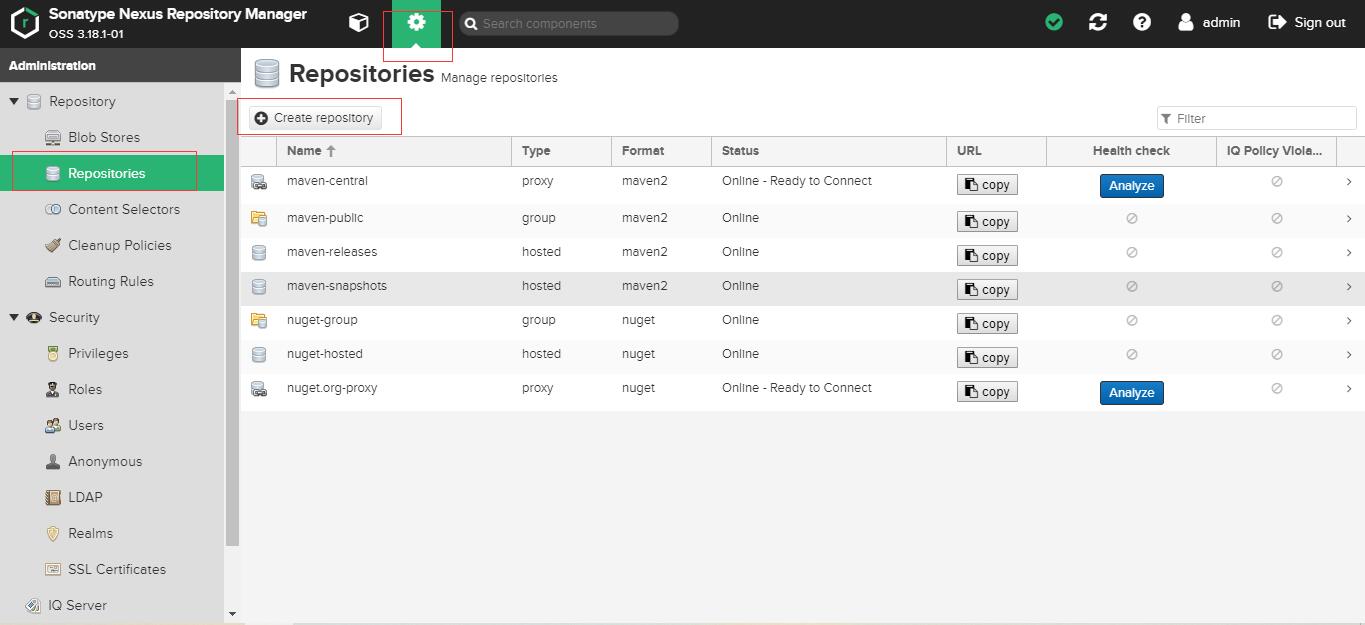IM遍布文档,但我似乎无法找到一个方法来更新凭据。
这是我能够通过分析代码回暖。
passport.deserializeUser(function(id, done) {
AppUser.findById(id, function(err, user) {
done(err, user);
});
});
DeserializeUser似乎是有用的,但我不知道如何使用它来更新或添加字段?
我试图破解路程,从登录复制的逻辑和它的意义。
passport.use('local-update', new LocalStrategy({
usernameField : 'username',
passReqToCallback : true
},
function(req, username, done) {
console.log(req)
// asynchronous
// AppUser.findOne wont fire unless data is sent back
// process.nextTick(function() {
// // find a user whose email is the same as the forms email
// // we are checking to see if the user trying to login already exists
// AppUser.findOne({ 'local.email' : email }, function(err, user) {
// // if there are any errors, return the error
// if (err)
// return done(err);
// // check to see if theres already a user with that email
// if (!user) {
// //return done(null, false, req.flash('signupMessage', 'That email is already taken.'));
// return done(null, false);
// } else {
// // if there is a user with that email
// // create the username
// var updateUser = new AppUser();
// // set the user's local credentials
// newUser.local.email = email;
// newUser.local.password = newUser.generateHash(password);
// // save the user
// newUser.update(function(err) {
// if (err)
// throw err;
// return done(null, newUser);
// });
// }
// });
// });
}));
然后在表格上提交我这样做。
app.post('/profile', passport.authenticate('local-update', {
successRedirect : '/', // redirect to the secure profile section
failureRedirect : '/signup' // redirect back to the signup page if there is an error
//failureFlash : true // allow flash messages
}));
这将导致失败的重定向。
这是行不通的,因为没有任何回应,但我需要找到MongoDB中的模型。 我想在控制台看到第一REQ,这样或许我可以看到如何找到模型,但并没有什么显示出来。
上面很明显的hackish代码,但是这是我能做到的最好。 我需要一个具体的答案,我相信它的简单,我很想念它的文档!
编辑:这里的想法是,当用户注册/登录时他们提供了一个电子邮件。 一旦用户登录和帐号创建他们可以创建一个用户名。
编辑:所以我无法弄清楚如何使护照更新请求,但在我的路由器我有这样的事情。
app.post('/', function(req, res) {
if (req.user) {
AppUser.findOne({ _id: req.user.id }, function (err, user) {
user.local.username = req.body.username;
user.save(function(err) {
if (err){
console.log('Error')
} else {
console.log('Sucess')
}
});
});
}
});
唯一的问题是浏览器的默认操作,它提交表单,并保持在环形重新加载页面。 但它确实更新我的MongoDB的模型。 我不得不向插件架构,而不得不添加属性在我的护照注册逻辑。
但是,我可以只添加这种逻辑到我的客户端代码,并抛出POST方法为骨干,并应努力!





